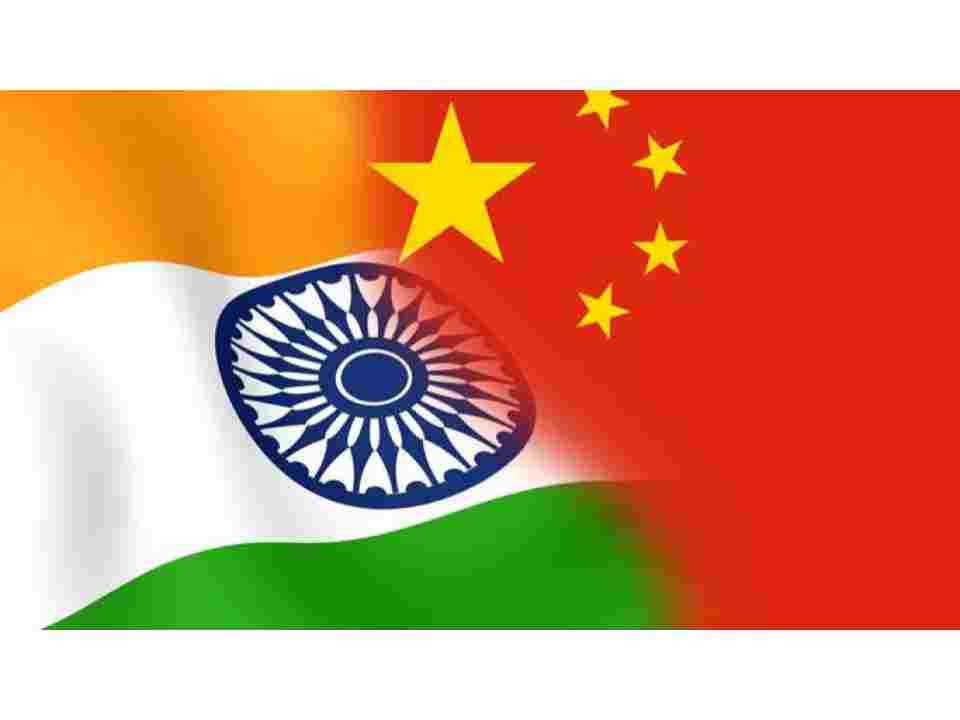Description
In 1954, China and India reached an agreement that established the Five Principles of Peaceful Coexistence. This year marks their seventieth anniversary. The ceremony will take place in Beijing and will be chaired by Prime Minister Li Qiang. President Xi Jinping will deliver the opening remarks. The annual party's theme is "From the Five Principles of Peaceful Coexistence to Building a Community with a Shared Future for Mankind."
The Origin Of The Five Principles
During the first talks between China and India over Tibet in 1954, Chinese Premier Zhou Enlai mentioned the Five Principles of Peaceful Coexistence, which were shared by Indian Prime Minister Jawaharlal Nehru. The Agreement on Trade and Intercourse with the Tibet Region, popularly known as the Panchsheel Agreement, was signed at the conclusion of these negotiations. The term "Panchsheel" is derived from the Buddhist concept of "Pancaila," which refers to five fundamental moral vows.
Elements Of The Panchsheel Agreement
The Panchsheel Agreement outlined five rules to follow-
Respecting the authority and integrity of one another's area.
Not attacking each other.
Not becoming involved in each other's private affairs.
Fairness and assisting one another.
Living together peacefully.
The purpose of this pact was to increase trade and unity between the two countries by establishing economic hubs and making it easy for people to make religious pilgrimages between them. This agreement was significant because it marked the first time that India recognized Tibet as a part of China.
International Impact And The Non-Aligned Movement
The Five Principles were given greater weight during the 1955 Bandung Conference in Indonesia, which took place a year after the agreement and provided the framework for the Non-Aligned Movement (NAM). The Brioni Declaration, signed in 1956 by leaders such as Nehru, Nasser of Egypt, and Tito of Yugoslavia, marked the official commencement of this movement. Its objectives were neutrality and shared security that were unaffected by big power blocs.
Relevance Of Chinese Foreign Policy Today
At initially, the ideals in Panchsheel claimed that India and China might coexist harmoniously. The 1962 Sino-Indian War, on the other hand, severely harmed these ideas, demonstrating a significant contrast between how people believed coexistence should function and how it actually works in geopolitics. China's foreign policy today, particularly under President Xi Jinping, has been aggressive in terms of territorial claims and strategic clashes. This is seen in the ongoing issues in the South China Sea and tensions along China's border with India in Ladakh. To summarize, the Five Principles of Peaceful Coexistence were intended to serve as the foundation for both peaceful bilateral relations and global diplomacy. However, its real application and adherence have shifted as geopolitical circumstances have altered. The 70th anniversary events are intended to bring these concepts back to life in a society where people rely on one another and collaborate to shape the future.
Welcome to Notopedia.com, your free learning platform that caters to the diverse needs of students and aspirants across a spectrum of entrance exams and educational endeavors. Whether you're preparing for highly anticipated exams like CAT 2023, NEET 2023, JEE Main, or bank job vacancies, our platform offers a wealth of resources to guide you towards success. Stay up-to-date with the latest exam dates, announcements, and results for various government recruitment exams, including SSC CGL, CHSL, NDA, and UPSC. Explore comprehensive study materials, sample papers, and exam patterns to hone your skills and boost your confidence. From important dates like CBSE Class 10 and 12 date sheets to exam-specific information like JEE Main 2023 application form date, we cover it all. Notopedia.com is your go-to source for everything from admissions and admit cards to scholarships and college information. Whether you're aiming for a career in defense, government, banking, or higher education, our free learning platform equips you with the knowledge and resources you need to excel. Join us in your educational journey and unlock a world of opportunities, guidance, and comprehensive support.
For more Updates and Information - Visit Notopedia's Bulletin Board
For Latest Sarkari Jobs - Visit Notopedia's Sarkari Jobs Section
For access to more than 20,000 Colleges - Visit Notopedia's College Section
For School Studies and Exams Preparation across 14 Boards - Visit Notopedia's School Section
For Comprehensive Preparation of Sarkari Job Exams - Visit Notopedia's Sarkari Exams Section










